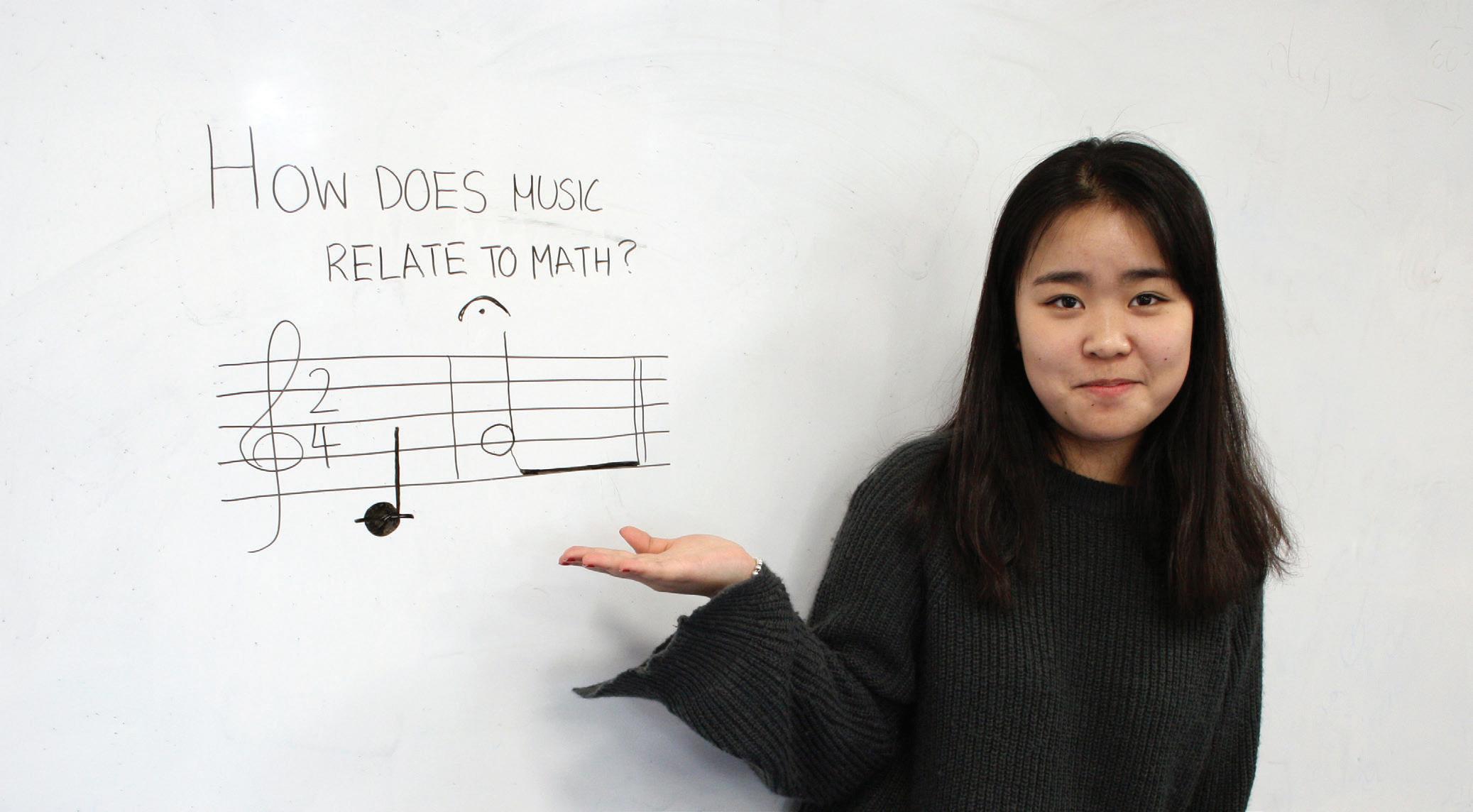Features
‘So did your Daddy cry when the car died?’ Natalie Shaw and Lauren Rondestvedt write about preparing pre-service teachers for supporting children through experiences of bereavement From supporting children through the loss of a pet to framing the death of a family member, the experience of being a significant presence during a time of bereavement is one that all teachers inevitably encounter at various points in their career. As Chadwick (2012) notes, teachers’ appropriate responses towards loss, and their ability to accompany a child or group of children on the journey of coming to terms with death, directly relates to the quality of our schools as places of emotional security and inclusion, as well as places where challenging human experiences can be explored intellectually. At ITEps (International Teacher Education for Primary Schools: the first full bachelor’s programme to train students to become teachers in international primary schools), the topic was approached with Year 1 student teachers in conjunction with a design-based education book project, during which the experience of death was one possible focus for students to address in their children’s book. However, the issue clearly has wider significance, with regards to general pastoral responsibilities as well as with a view towards the inherently intercultural teaching and learning situations that students will encounter throughout their careers. Familiar with the caution regarding narrow narratives about human experience (Atrey, 2016), students were invited to a workshop about bereavement, where the topic was explored from a broad perspective, whilst reflecting the plethora of understandings of death that are present in our schools. Negating attempts to classify children’s understanding of the concept of death in stages related to age (Chadwick, 2012), the session explicitly drew on approaches that focus on the agency of children (Mahon, 2011; Esser et al, 2016) and acknowledged that a myriad of factors contributes to children’s expertise with regards to the concept of death. Students heard that intellectual, personal and cultural aspects equally contribute to a child’s expertise: intellectually, an accurate understanding of core bodily functions enhances a child’s scientific understanding. On a personal level, prior experience with loss provides a child with expertise through lived experience, whereas the prevalence of death and metaphysical ideas present in a particular culture shape the Winter
Summer |
| 2019
child’s exposure to and acceptance of death as a part of life (Mahon, 2011). Language was identified as a key factor in providing honesty and accuracy. Grollman (2013) warns of the danger of framing death in ways that may instil fears in children with regards to regular experiences of life: the idea that death may be explained as ‘having gone to sleep’ may lead to children avoiding bedtime for fear of ‘disappearing’ overnight. In particular, communication was explored with regards to attachment theory, and the necessity to enable children to conceptualise the experience in ways that facilitate continued secure attachment. Attachment theory as a method of framing a child’s experience of grief was introduced broadly to students, and the three main styles were outlined: secure, anxious and avoidant. Research regarding attachment styles and grief has suggested that the attachment style of a child has an impact on that child’s coping styles and needs, as explored by Stroebe (2002) which has provided a model for categorizing adaptive or
Understanding children’s grief is a complicated process that began on the assumption that children’s grief mirrors that of adults.
21



























